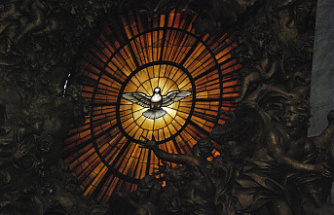The weather agency considers snow squalls to be one of the most dangerous winter weather phenomena.
Warnings are in effect for parts of eastern Pennsylvania, New York, northern New Jersey, and western Massachusetts. According to the NWS, snow squalls had been reported in all four states earlier in afternoon. The majority of warnings will expire at 4:45 p.m. Eastern Standard Time. According to the National Weather Service , the squalls must be gone by 6 p.m. tonight.
Heavy snow will likely cause whiteout conditions and virtually no visibility. The NWS stated that wind gusts can reach 40 mph in certain areas and travel conditions could be dangerous or even life-threatening.
"Reduce your speed, and turn on the headlights!" According to the agency, "During snow squalls the visibility can suddenly drop to nearly zero in whiteout conditions."
What is a snow storm?
A snow storm, according to the National Weather Service is "an intense, short-lived surge of heavy snowfall that causes a rapid reduction in visibility and is often accompanied with gusty winds."
The National Weather Service stated that snow squalls are not like a snowstorm which can last many hours or even days. Instead, they occur in short, intense bursts. An snow storm typically lasts between 30-60 minutes.
The service advised that snow squalls could bring "sudden blackout conditions" and "slick roads" that could lead to traffic accidents.
The service stated that snow accumulations can be as little as an inch. However, gusty winds, falling temperatures, and rapid drops in visibility can create extremely dangerous conditions for motorists. "Unfortunately, snow squalls have been associated with many fatal traffic accidents."












